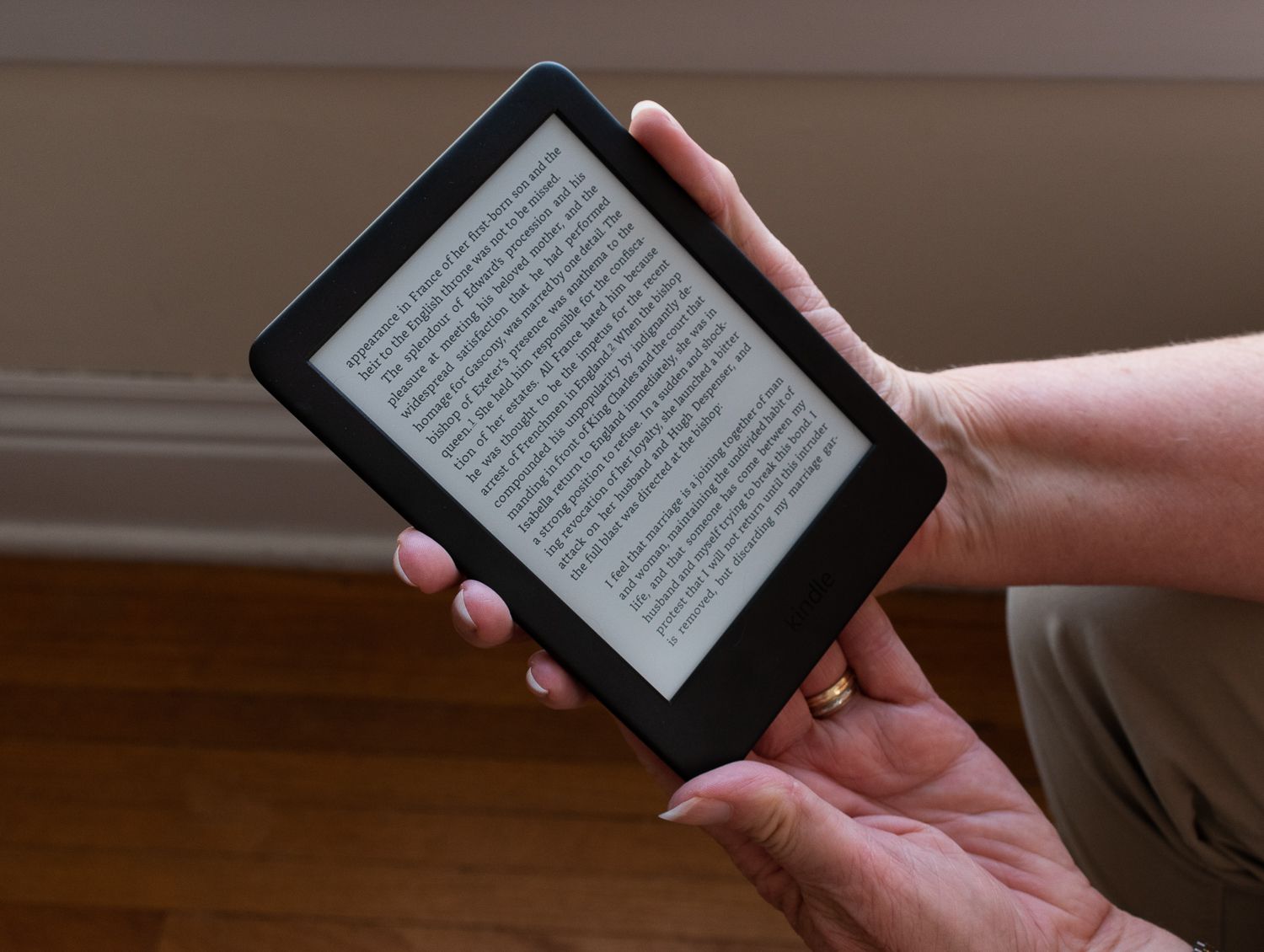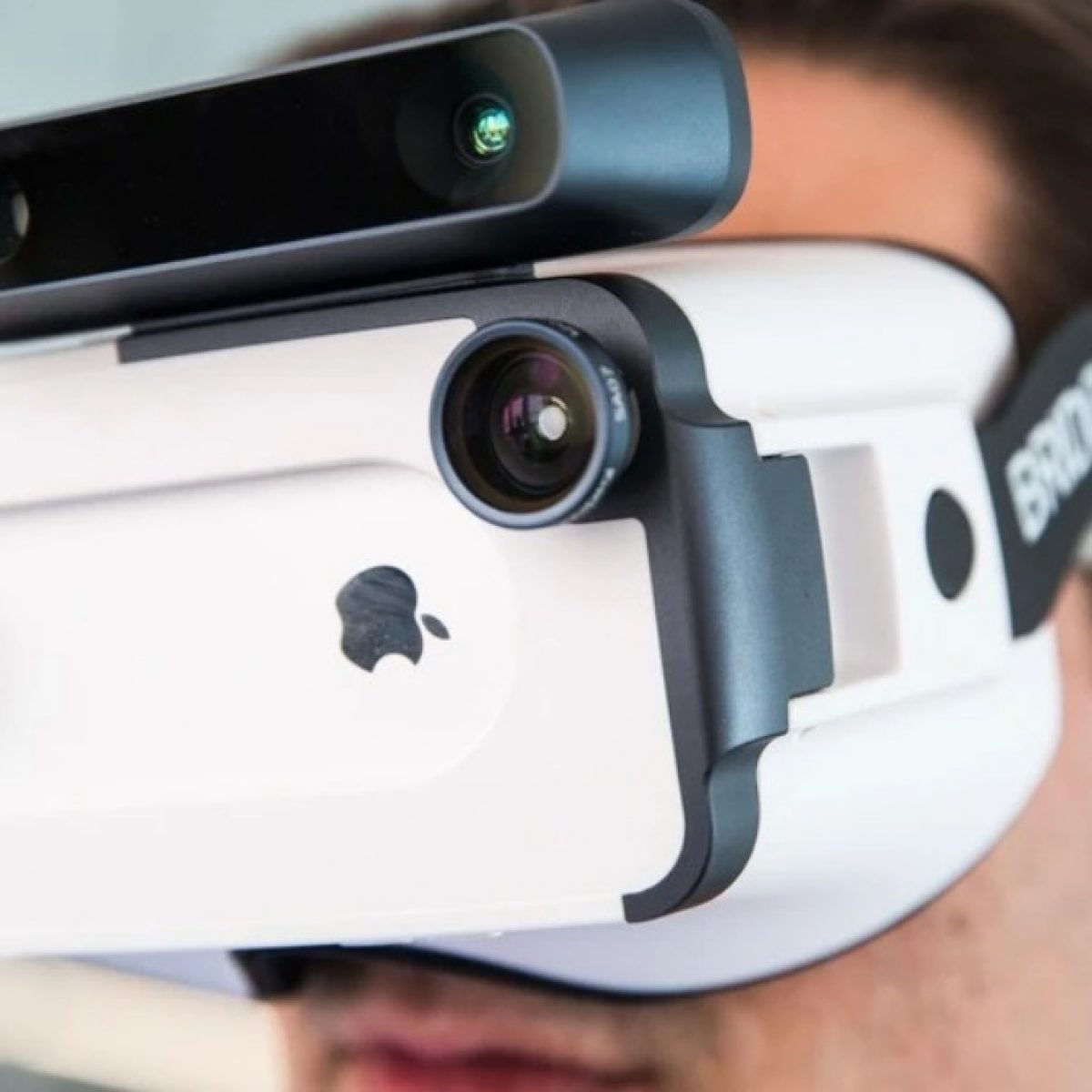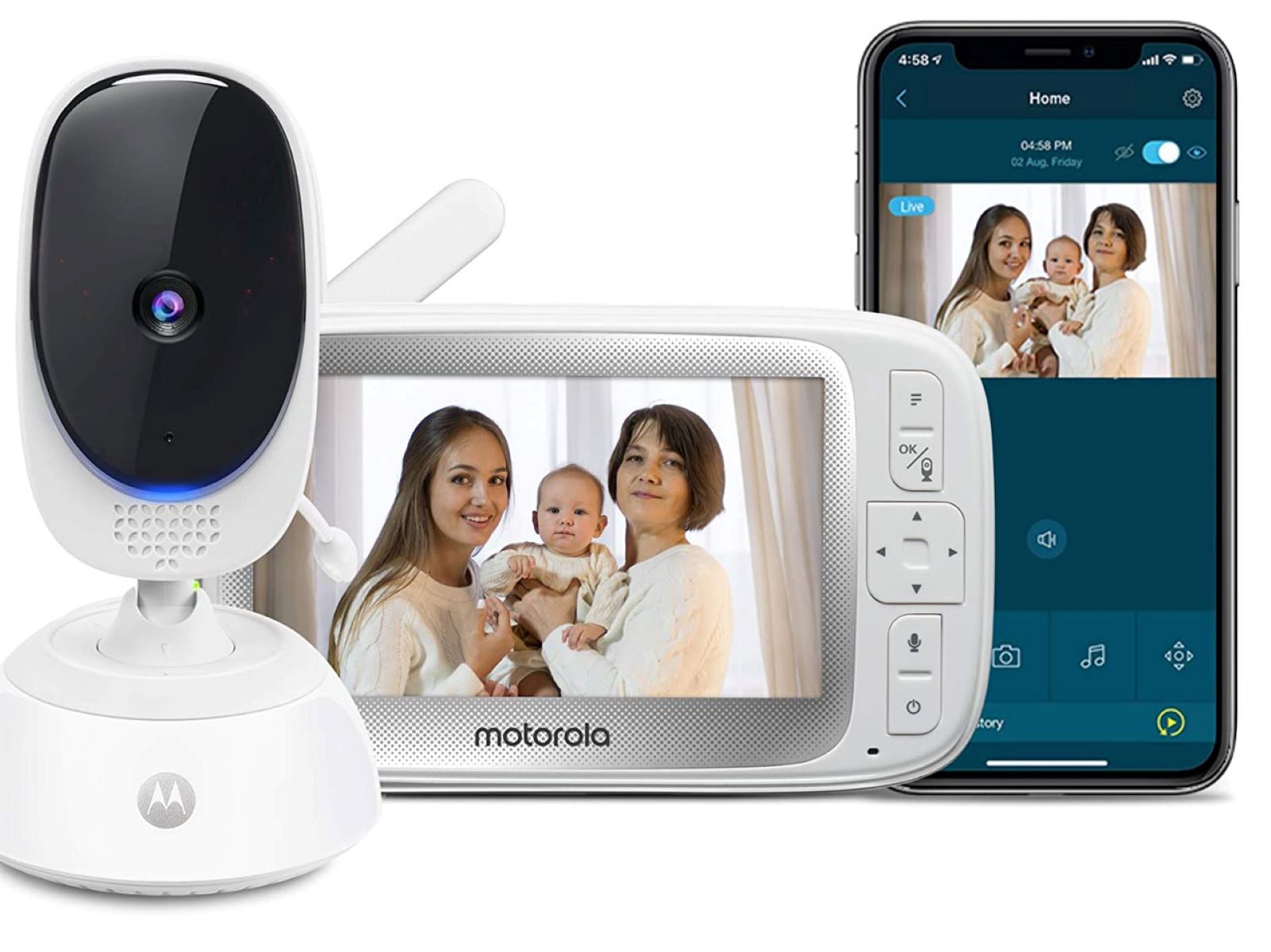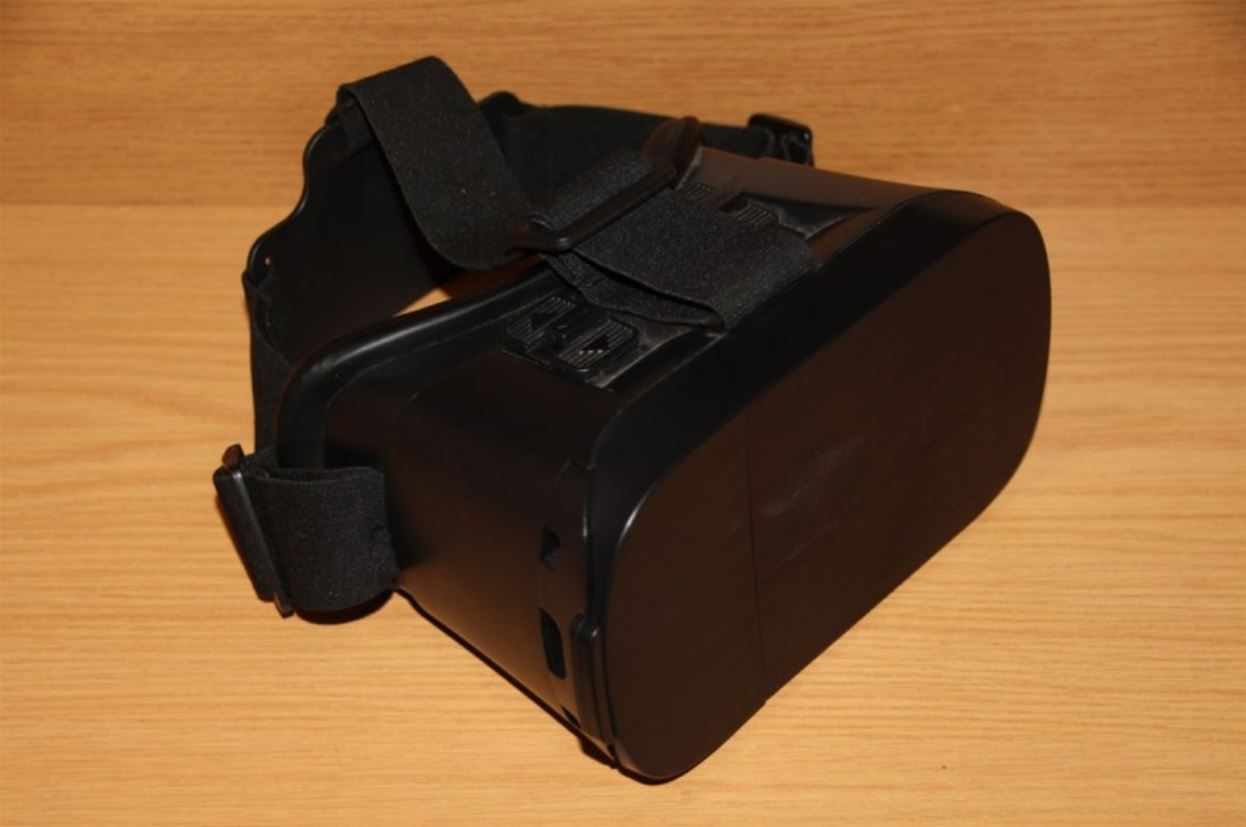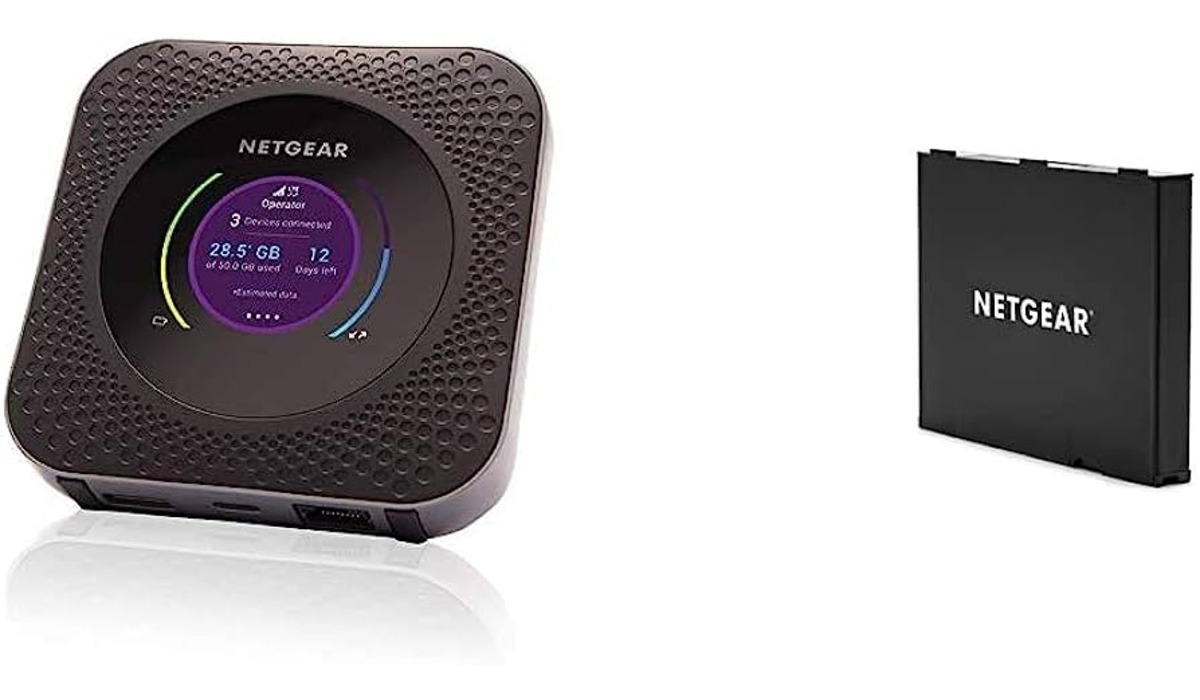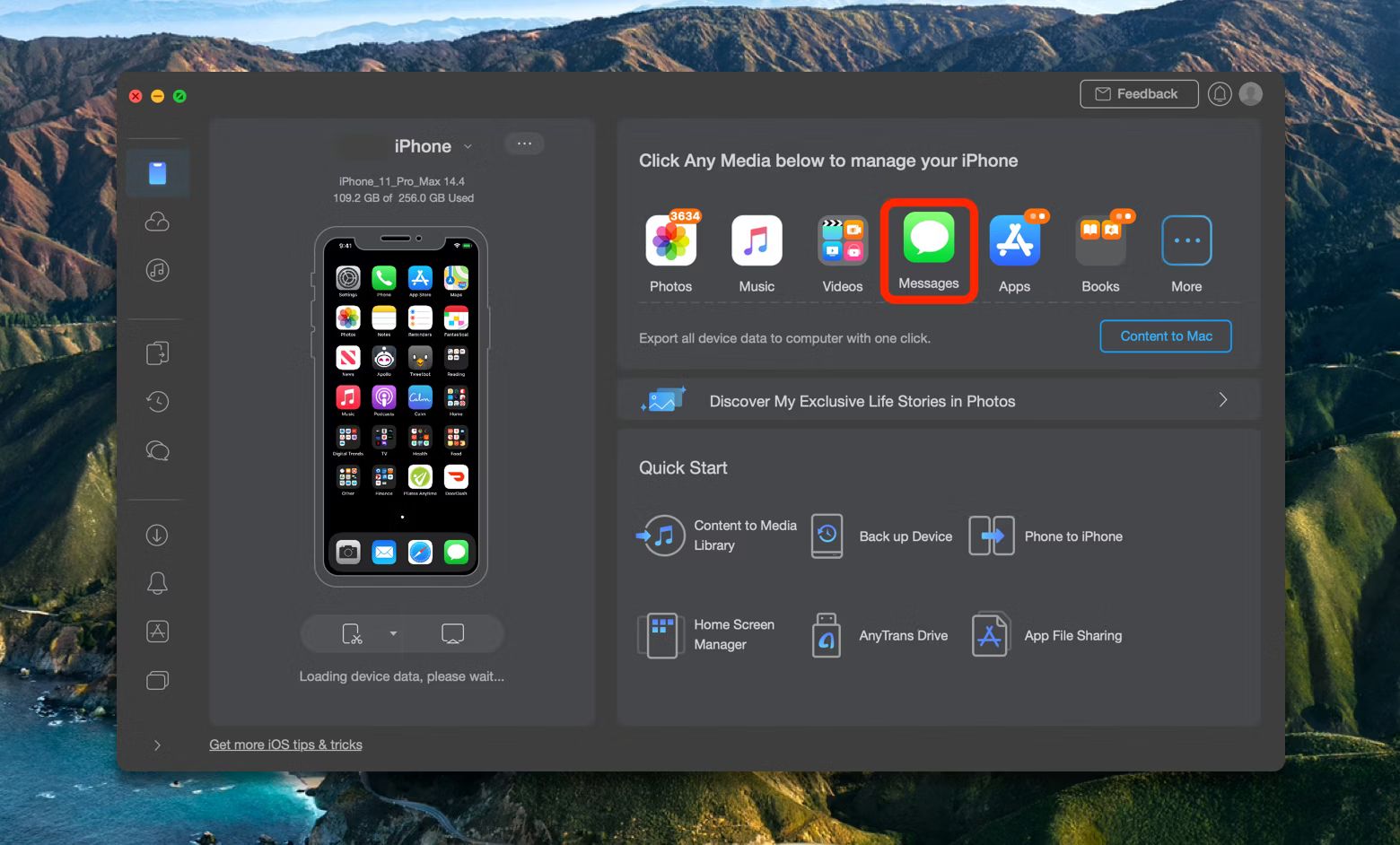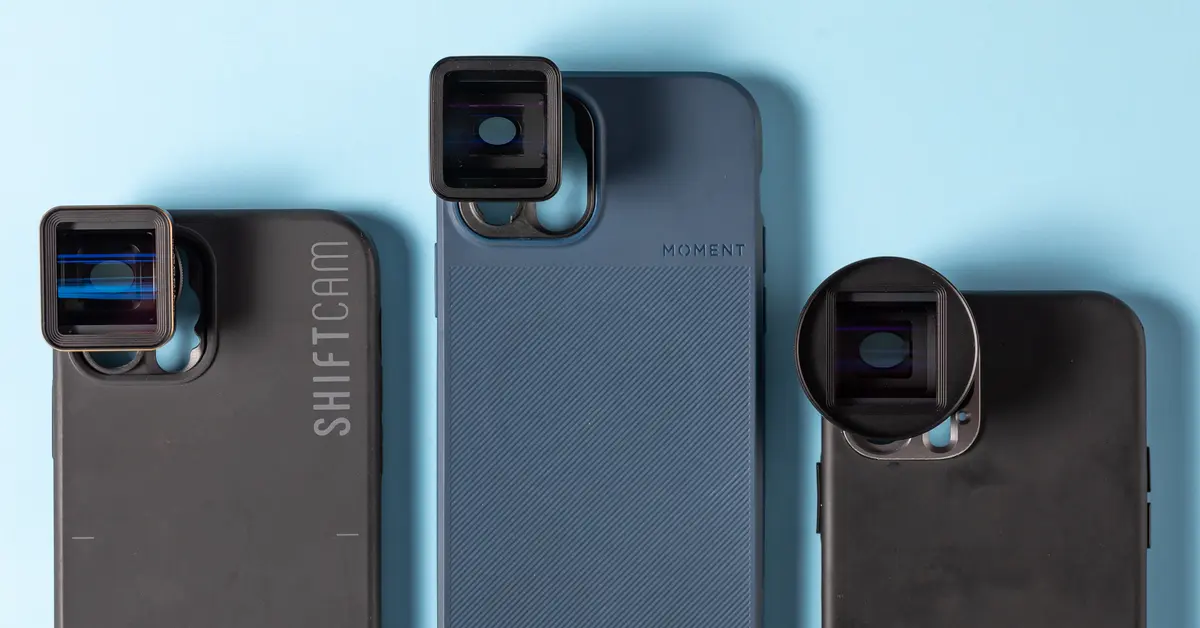Introduction
Welcome to the digital age, where smartphones have become an integral part of our lives. With advancements in technology, these pocket-sized devices have evolved into powerful tools that allow us to capture stunning photos wherever we go. However, there may come a time when you want to transfer those cherished moments from your cell phone to your computer for safekeeping, editing, or sharing with others.
In this article, we will explore five different methods to download pictures from your cell phone to your computer. Whether you are using an Android or iOS device, we have got you covered. So let’s dive in and discover the various ways you can seamlessly transfer your precious pictures.
It’s important to note that the specific steps for transferring photos may vary depending on the type of cell phone and computer you are using. However, the fundamental concepts and methods discussed in this article should be applicable to most devices.
We understand that not everyone is tech-savvy, which is why we have included a range of options, from the simplest to slightly more advanced methods. So, no matter your level of expertise, you’ll be able to find a method that suits you best.
Before you begin, ensure that you have a USB cable, an active internet connection, or any necessary software or apps installed on your devices. Without further ado, let’s explore these methods and start transferring those cherished memories from your cell phone to your computer!
Method 1: Using a USB Cable
One of the most straightforward and common methods to transfer pictures from your cell phone to your computer is by using a USB cable. This method is widely supported across different types of devices and operating systems.
To get started, you will need a USB cable that is compatible with your cell phone. Most smartphones these days use either a USB Type-C, Micro USB, or Lightning connector. Check the charging port on your cell phone to determine which type of cable you need.
Here are the step-by-step instructions to transfer pictures using a USB cable:
- Connect your cell phone to your computer using the USB cable.
- On your cell phone, you may see a notification asking for the USB connection type. Choose “File Transfer” or “Transfer Files” option.
- On your computer, open the file explorer or file manager.
- Locate and open the folder that represents your cell phone or storage device.
- Within the folder, you should see a subfolder named “DCIM” (which stands for Digital Camera Images) or “Pictures.” Open this folder.
- Here you will find all the photos stored on your cell phone. Select the pictures you want to transfer and copy them.
- Navigate to the desired location on your computer where you want to save the photos.
- Paste the copied pictures into the chosen location on your computer.
- Wait for the transfer to complete, which may take some time depending on the number and size of the pictures.
Once the transfer is complete, you can safely disconnect your cell phone from the computer by unplugging the USB cable. You can now access and view your photos on your computer.
Using a USB cable is a reliable and direct method to transfer pictures, especially when dealing with large files or a large number of photos. It provides a fast and secure connection between your cell phone and computer, ensuring that your pictures are transferred without any loss of quality.
While this method requires a physical cable, it offers the convenience of directly accessing and managing your photos on your computer. Plus, you don’t need internet access to transfer pictures, making it ideal for situations where you may not have a stable internet connection available.
Method 2: Via Email or Messaging Apps
If you don’t have a USB cable on hand or find it more convenient to transfer pictures wirelessly, you can use email or messaging apps to send the photos from your cell phone to your computer.
Here’s how to transfer pictures via email or messaging apps:
- Select the photos you want to transfer on your cell phone.
- Tap the “Share” or “Send” button, usually represented by an icon that looks like an arrow pointing upwards.
- Choose the option to share via email or messaging apps. You may have different app options depending on what is installed on your cell phone.
- If using email, enter your email address as the recipient. If using messaging apps, choose the desired contact.
- Compose a message if desired and hit the send button.
- Open the email or messaging app on your computer.
- Access the email or message containing the photos sent from your cell phone.
- Download the attached photos to your computer by clicking the download button or right-clicking on the photo and selecting “Save Image As.”
- Choose the location on your computer where you want to save the photos.
- Wait for the download to complete, and then you can view the transferred pictures on your computer.
Using email or messaging apps is a convenient method, especially when you want to quickly send a few photos to your computer or share them with others. It eliminates the need for cables and allows you to transfer pictures wirelessly.
However, it’s important to note that some email providers and messaging apps may have file size limitations for attachments. If you are transferring a large number of photos or high-resolution images, you may encounter restrictions or encounter slower transfer speeds. In such cases, consider compressing the photos before sending them to ensure a smooth transfer.
Additionally, ensure that you have a stable internet connection to complete the transfer successfully. It’s also worth mentioning that this method may require you to have an email account or have the necessary messaging app installed on both your cell phone and computer.
Overall, using email or messaging apps provides a wireless and hassle-free method to transfer pictures from your cell phone to your computer, allowing you to conveniently access and save your photos without the need for physical connections.
Method 3: Using a Cloud Storage Service
If you prefer a more versatile and accessible method for transferring pictures between your cell phone and computer, using a cloud storage service is an excellent option. Cloud storage allows you to store and access your photos from anywhere with an internet connection, making it convenient for sharing and syncing across multiple devices.
Here’s how you can transfer pictures using a cloud storage service:
- Choose a cloud storage service that suits your needs. Some popular options include Google Drive, Dropbox, iCloud, and OneDrive.
- Install the corresponding app for the cloud storage service on your cell phone from the app store.
- Create an account or sign in to your existing account.
- Upload the photos you want to transfer to the cloud storage service app on your cell phone. This process may vary depending on the app, but generally, you can select the photos and choose the upload option.
- Open the cloud storage service on your computer either through the app or by visiting the service’s website.
- Sign in to your account using the same credentials you used on your cell phone.
- Navigate to the folder or location where your uploaded photos are stored.
- Select the desired photos and choose the download option to save them to your computer.
- Specify the location on your computer where you want to save the photos and wait for the download to complete.
Using a cloud storage service has several advantages. It allows you to access your photos anytime, from any device with an internet connection. Additionally, it provides a convenient way to backup and sync your pictures, ensuring that they are safely stored in the cloud.
However, it’s essential to consider the storage limitations provided by the cloud storage service, as free accounts typically have limited storage capacity. If you have a large number of photos or require additional storage, you may need to upgrade to a paid plan.
Furthermore, a stable internet connection is necessary for uploading and downloading photos. Large file sizes or a slow internet connection may result in longer transfer times. It’s also crucial to be mindful of your data usage if you are using cellular data to transfer pictures.
Overall, using a cloud storage service offers a convenient and flexible method to transfer pictures between your cell phone and computer. It provides seamless access to your photos across devices and ensures that your precious memories are securely stored in the cloud.
Method 4: Using a File Transfer App
If you prefer a dedicated app specifically designed for transferring files between your cell phone and computer, using a file transfer app is a great option. These apps provide a seamless and efficient way to transfer pictures, videos, and other files wirelessly.
Here’s how you can transfer pictures using a file transfer app:
- Search for and download a file transfer app from the app store that is compatible with your cell phone’s operating system. Some popular options include AirDroid, Xender, and Send Anywhere.
- Install the app on both your cell phone and computer.
- Open the file transfer app on your cell phone and follow the prompts to set up the connection.
- On your computer, open the app or visit the website of the file transfer app.
- Follow the instructions to establish a connection between your cell phone and computer. This typically involves scanning a QR code or entering a provided code.
- Once the connection is established, you will have access to the files on your cell phone through the app on your computer.
- Navigate to the folder or location containing the photos you want to transfer.
- Select the desired photos and choose the download or save option to transfer them to your computer.
- Specify the location on your computer where you want to save the photos and wait for the transfer to complete.
Using a file transfer app offers a convenient and efficient method for transferring pictures wirelessly, without the need for cables or external storage. These apps often provide additional features like file management, remote access to your cell phone, and the ability to transfer files between multiple devices simultaneously.
However, it’s important to note that file transfer apps may utilize your internet connection and, therefore, may consume data if you are not connected to Wi-Fi. Additionally, some apps may have file size limitations or restrictions on the number of files you can transfer in one go.
Another consideration is ensuring your cell phone and computer are connected to the same network for seamless file transfer. If you are using a public network or different Wi-Fi connections, it may hinder the connectivity and transfer process.
Overall, using a file transfer app provides a wireless and efficient method to transfer pictures between your cell phone and computer. It offers convenience, versatility, and additional features to enhance your file management experience.
Method 5: Using Bluetooth
If you don’t have a USB cable or prefer a wireless method that doesn’t require internet or additional apps, you can transfer pictures from your cell phone to your computer using Bluetooth. Bluetooth is a short-range wireless technology available on most modern smartphones and computers.
Here’s how to transfer pictures using Bluetooth:
- Ensure that both your cell phone and computer have Bluetooth functionality and are turned on.
- On your cell phone, navigate to the Settings menu and enable Bluetooth.
- On your computer, access the Bluetooth settings, typically found in the System Preferences or Control Panel.
- Turn on Bluetooth and make your computer discoverable to other devices. This step may vary depending on your operating system.
- On your cell phone, open the photo gallery or file manager and select the photos you want to transfer.
- Tap the “Share” button or similar option, then select the Bluetooth icon to initiate the transfer.
- Choose your computer from the list of available devices. If prompted, confirm the connection on both your cell phone and computer.
- Wait for the transfer to complete, which may take some time depending on the file sizes and the Bluetooth connection speed.
- Once the transfer is successful, you can access the transferred photos in the designated folder on your computer.
Using Bluetooth for transferring pictures provides a cable-free method that can be convenient, especially when you are in close proximity to your computer. It offers a simple and straightforward process without the need for additional cables or internet connectivity.
However, it’s important to note that Bluetooth transfer speeds are generally slower compared to other methods like USB or Wi-Fi transfer. This can be a factor to consider if you are transferring multiple or large-sized photos, as it may require more time to complete the transfer.
Additionally, both your cell phone and computer need to support Bluetooth and be compatible with each other. Some older devices may have limited Bluetooth capabilities or incompatible versions, which could hinder the file transfer process.
Overall, using Bluetooth for transferring pictures provides a wireless and hassle-free method to transfer photos from your cell phone to your computer. It is a handy option when you’re in a pinch and don’t have a USB cable or internet access available.
Conclusion
Transferring pictures from your cell phone to your computer doesn’t have to be a daunting task. With the various methods discussed in this article, you can choose the one that suits your preferences and provides the most convenience.
Using a USB cable offers a direct and reliable way to transfer photos, ensuring a fast and secure connection between your cell phone and computer. Email and messaging apps provide a wireless option, allowing you to send pictures easily and quickly. Cloud storage services offer flexibility and accessibility, allowing you to access and sync your photos across devices. File transfer apps provide dedicated tools for seamless wireless file transfers. Bluetooth allows for a cable-free option when you’re in close proximity to your computer.
Consider the different factors such as file sizes, internet connectivity, storage limitations, and device compatibility when choosing the method that best suits your needs. Additionally, it’s essential to ensure the safety of your pictures during the transfer process by using trusted apps, secure connections, and backup options.
No matter which method you choose, the goal is to safely transfer and preserve your cherished memories captured on your cell phone and store them on your computer for editing, sharing, or long-term storage.
We hope this article has provided you with valuable insights and clear instructions on how to download pictures from your cell phone to your computer. Remember to choose the method that works best for you and enjoy the convenience of having your photos readily available on your computer.









